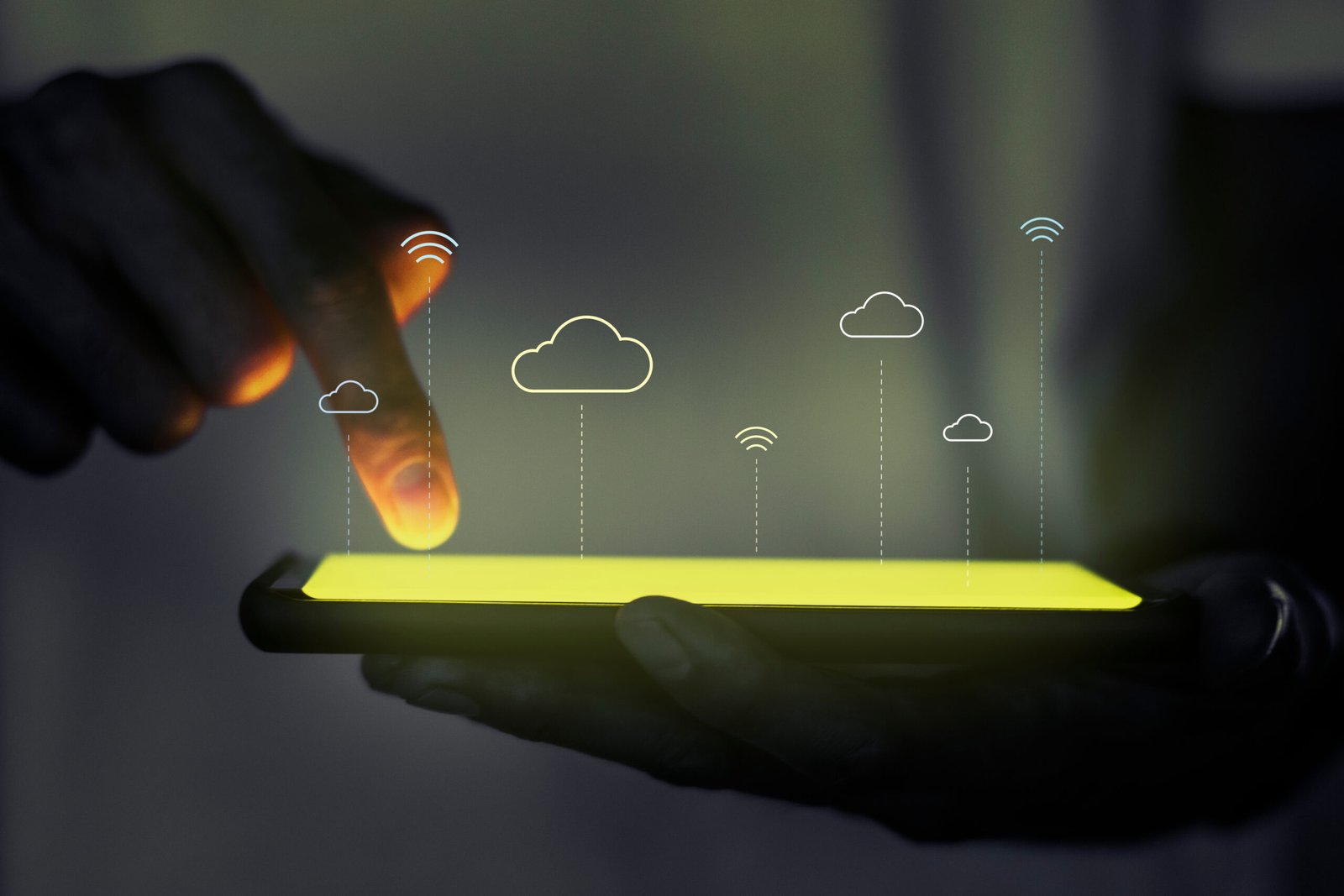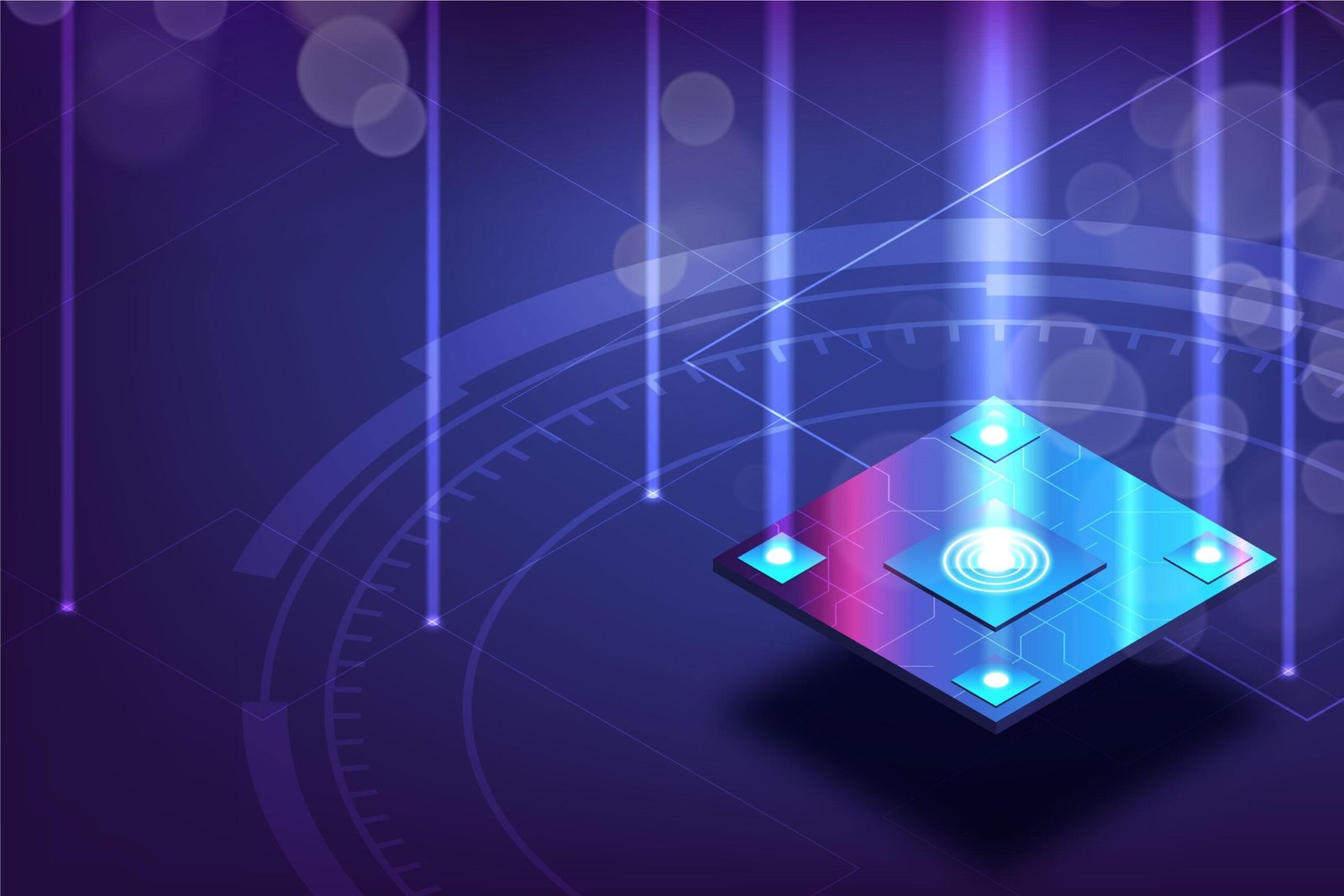
Fundamentals of Visible Light Communication
Discover the basics of Visible Light Communication (VLC). Learn how VLC technology works, its applications, and why it's pivotal for modern communication

Visible Light Communication is gaining traction as one of the most popular modes of data transmission in the modern world. As the RF spectrum gets overburdened in urban areas, innovators are looking for alternative mediums for establishing efficient communication. In this scenario, wireless optical communication emerges as a game-changer in terms of providing fast, reliable, and highly secure data transmission. But what exactly is VLC, and how can it be used in modern-day communication?
This article explores the VLC technology in detail, its applications, and challenges in adoption.
Understanding Visible Light Communication
Visible Light Communication (VLC) is an optical wireless communication technology that uses visible light signals to transmit data. VLC utilizes the visible light spectrum (400 to 800 THz) to carry data across a network. The common LED bulb is often used to transfer information in a VLC system by sending out rapidly modulating intensity of light signals. These signals are caught by photodetectors attached to a receiving device, and further converted into electronic signals. Finally, a computer program converts these electrical signals into a form that is easily readable by humans.
Characteristics of Visible Light Communication
Here are some key characteristics of VLC systems:
- High Data Transfer Rates
The VLC system depends on high-speed light waves to transmit data. The visible light spectrum offers a higher bandwidth when compared to other electromagnetic spectrums. As a result, it transmits larger volumes of data in a shorter time. The use of light signals makes data transmission with VLC technology almost instantaneous.
- Low Latency
Visible light communication systems are known to offer lower latency in data transmission. Typically, light networks usually require direct line-of-sight connections between transmitters and receivers. This eliminates the need for complex signal processing and associated delays in data reception, leading to low latency.
- Higher Security
Light technology can only transmit signals within a limited coverage area, as light cannot travel through opaque objects such as walls or furniture. Consequently, it is easy to confine VLC networks in a pre-defined zone, making it out of reach for devices located outside this area. This adds a physical layer of security to VLC systems, resulting in better network safety and data privacy. This feature is usually combined with unique user-access keys to give light-based networks a double layer of security.
- No Interference
When it comes to communication technologies, the light spectrum is far less congested than the traditionally used radio frequency spectrum. Since VLC depends on visible light frequencies for data transmission, it is immune to electromagnetic interference from nearby devices and machines. It reduces the likelihood of signal interference and results in more stable connectivity for VLC users.
- Congestion Free
The use of the visible light spectrum allows VLC networks to transmit data without facing any delays from overlapping channels or multiple users. Since the radio-frequency spectrum is overburdened in most areas, traditional internet connections often deal with signal degradation and interference from other devices. The VLC system circumvents all these issues and provides congestion-free data transmission to users.

Architecture of VLC Technology & Systems
The architecture of VLC technology consists of a few simple parts that use optical waves to transmit data. A typical VLC system consists of two parts: the transmitter and the receiver. Light emitted from LED bulbs acts as a medium for carrying data through a predetermined network. The transmitter (in this case, an LED lamp) channels data in the form of rapidly pulsating light signals, which are received by a receiving device and translated into electrical data.
The VLC system of data transmission can be divided into three layers:
-
The physical layer, which is based on the relationship between physical equipment and the medium for carrying data,
-
The MAC layer, which focuses on how the data travels, and its subsequent reception,
-
The Application layer deals with how light signals are converted into electrical signals, and then further interpreted by a computer to make it readable for humans.
VLC technology depends on visible light frequency signals to transmit information without requiring the use of cables or any other physical mediums. The main components of a VLC system include a light source, a modulator, a channel through which light waves move, and a receiver which is made up of a photodetector and a demodulator. These components work under the direction of a signal processing unit which consists of a microcontroller or digital signal processor (DSP) that manages error correction, and modulation/demodulation processes. Some advanced versions of VLC have additional networking components such as access points, which distribute data across different channels for broader coverage, along with routers and switches, which manage efficient data flow within a network.
Terms Associated with Visible Light Communication
Here are some key terms associated with VLC technology:
- VLC
VLC stands for Visible Light Communication. It is a type of wireless communication technology that depends on visible light waves to transmit data. VLC systems are most commonly used for communication between devices in smart homes or offices, and indoor positioning systems within commercial buildings. Products and devices that utilize the VLC system abide by IEEE 802.15.7 standards.
- Data Transmission
Data transmission is the process of sending and receiving digital or analog data through a medium of communication. A data transmission system is made of a transmitting device, a medium or channel for carrying data, and a receiving device. Different varieties of data transmission mechanisms are used for establishing communication between electronic devices such as computers, tablets, mobile phones, and other machinery.
- Visible light spectrum
The visible light spectrum is a band of electromagnetic spectrum that can be seen by the human eye. Electromagnetic radiation in this range corresponds to wavelengths from about 380 to 750 nanometers. The VLC technology uses the visible light spectrum to transmit data across a wireless network of communication. Modern optical communication systems are increasingly utilizing this spectrum of light as an alternative to RF-based networks.
- Optical Communication
Optical communication is a communication method that uses light waves to carry information across space. The most basic form of optical communication technology dates back to 1880 when a device called a photophone was invented. The photophone allowed for the transmission of speech on a beam of light. Present-day optical connections use a combination of technologies such as optical fiber, optical amplifiers, lasers, switches, and routers to build light-based data transmission networks.
- Free Space Optics (FSO)
Free space optical communication is a subset of optical communication technology that uses light propagation in free space to transmit data wirelessly. In contrast to transmission using solids such as optical fiber communication cables, free-space optics utilizes mediums such as air, outer space, or a vacuum. A common form of FSO is to use lasers for transmitting signals in space, or the use of LiFi internet to deploy high-speed internet networks.
- Light Fidelity
LiFi or light fidelity is a subtype of VLC technology that uses light waves in the visible/invisible/infrared spectrum to transmit data. Harald Haas first introduced it in his 2011 TedTalk, where he displayed the use of light signals to stream an HD video. Currently, LiFi-enabled devices are manufactured according to the IEEE 802.11bb standard.
Applications of Visible Light Communication
One of the key characteristics of VLC systems is their ability to provide highly secure connections that are confined within a physical space. Moreover, the direct line-of-sight quality of light-based connections allows it to offer better precision and accuracy in data transmission. Here are some popular ways in which VLC is being utilized in the current world:
- VLC can be used in Indoor Positioning Systems (IPS) to improve navigation and mapping of enclosed spaces where GPS satellite transmission cannot reach. For example, large offices, commercial complexes, garages, and subways are all areas where VLC-based IPS can be employed to improve connectivity.
- VLC-based networks can be used to provide fast, and highly stable internet connections in smaller coverage zones of offices and homes. The limited range of data transmission offered by VLC makes it ideal for the deployment of highly secure, private networks within organizations that require high-speed data transmission.
- VLC lamps can also act as illuminating systems for offices or buildings where they are deployed. As a result, light-based networks may serve a dual purpose, as both- internet providers, and indoor lighting systems.
- VLC systems are well-suited for providing smooth connectivity in areas that are densely populated with RF-based machines and devices. Manufacturing units, mining environments, construction plants, military posts, and space-bound aircraft are some key sectors where light communication can prove to be more effective than traditional networks.
- Optical communication systems can also be used to provide effective vehicle-to-vehicle (V2V), and vehicle-to-infrastructure (V2I) connections on smart roads. VLC-based networks can enhance road safety by offering collision warnings, automating electronic brakes, or facilitating lane changing and parking assistance.
Challenges and Limitations
As a new technology, VLC systems face a unique set of challenges in being adopted as trusty connectivity providers. These are:
- High cost of installation
Installation of VLC systems requires the deployment of special LED bulbs to transmit information, and complementary receivers to interpret data-carrying signals. Moreover, offices and homes will need to invest in buying LiFi-enabled devices to successfully benefit from a newly installed light communication network. Consequently, it is impossible to avoid paying the initial cost for the integration of light-based networks into pre-existing infrastructure.
- Limited Range
Light-based communication systems are usually confined to a smaller coverage area when compared to traditional networks. The physical characteristics of light waves make it impossible for VLC signals to pass through opaque objects. As a result, most wireless optical connections cannot transmit data across the four walls of an office building. To solve this problem, many light-based internet providers use strategically placed access points and transmitters to maximize the number of receiving devices that can benefit from a single network.
- Problems in outdoor application
As VLC depends on visible light as its only medium for data transmission, it can be affected by the dynamic outdoor atmosphere. Weather conditions such as fog, rain, and dust particles can scatter or absorb light signals. This can lead to reduced signal strength and lower the reliability of outdoor networks.
Conclusion
The world of communication is fast expanding to integrate newer and more efficient modes of data transmission. VLC or wireless optical communication systems are now being regarded as promising alternatives to traditional networks. The replacement of radio frequency-based networks with light-based connections can result in improved speed, security, and stability of communication.
Companies like Oledcomm have dedicated their enterprise to developing products and devices that can make light-based communication a part of our daily lives. Going by present trends, we can expect LiFi and other light-backed technologies to become frontrunners in providing reliable internet for businesses and people alike.
Visible Light Communication (VLC) is an optical wireless communication technology that uses visible light signals to transmit data. Utilizing the visible light spectrum (400 to 800 THz), VLC employs LED bulbs to send information through rapidly modulating light signals, which are converted into electronic signals by photodetectors and further processed by computers.
Visible light is used in communication by modulating the intensity of LED light bulbs to transmit data. These light signals are captured by photodetectors on receiving devices, converted into electronic signals, and processed by computer programs to render the data in a readable form. This enables wireless data transmission without cables.
Visible light communication is typically short-range. The physical properties of light waves prevent VLC signals from passing through opaque objects, limiting their coverage area to smaller spaces such as within the same room.
Yes, visible light can transmit data. VLC technology uses the visible light spectrum to transmit data by rapidly modulating LED light intensity. Photodetectors capture these light signals and convert them into electronic signals, enabling high-speed, low-latency, and secure data transmission without interference, making it suitable for various applications.
Recent articles

Categories
See some more...




